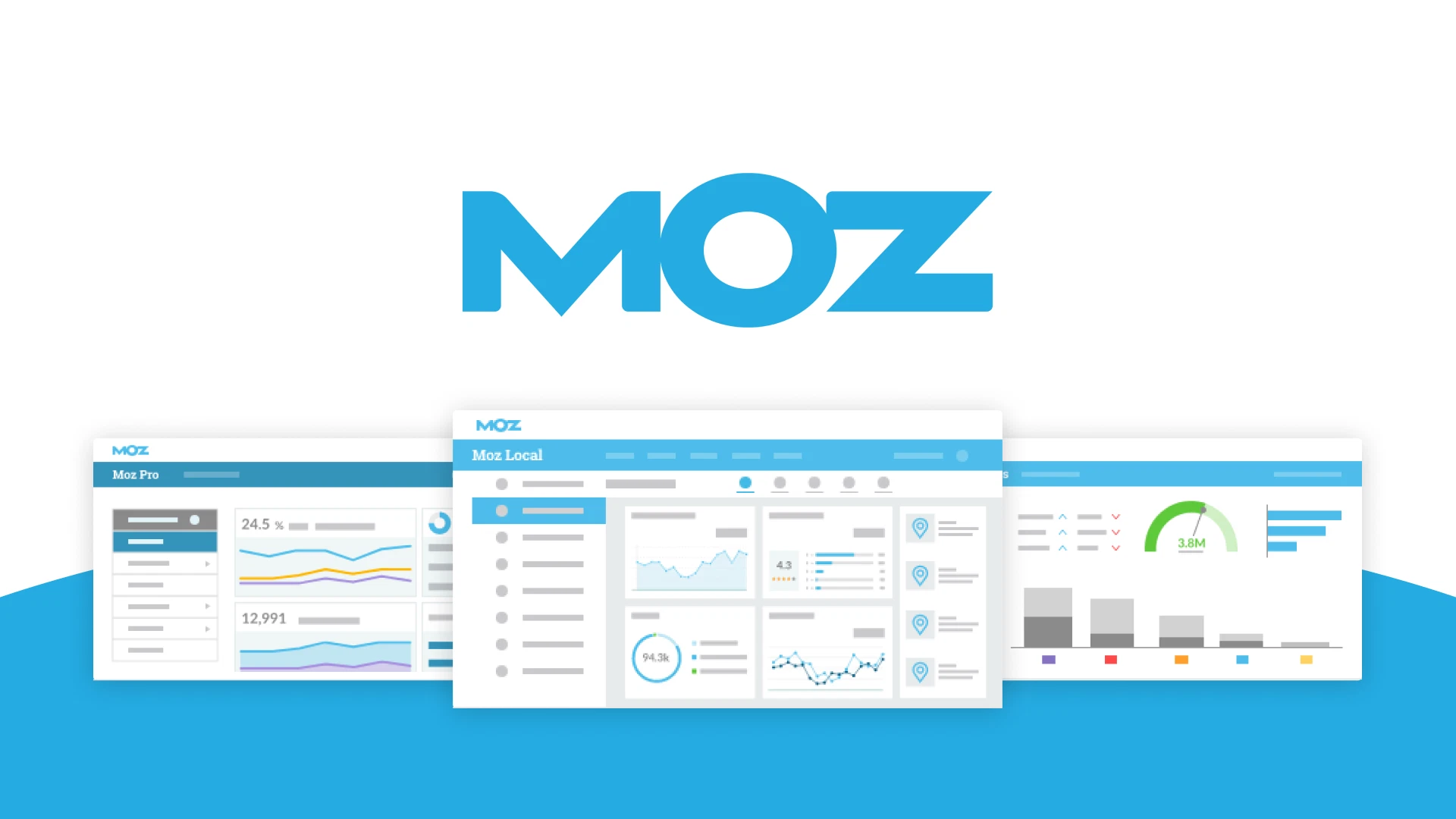What is keyword analysis in SEO is one of the most fundamental and impactful processes in digital marketing, shaping the way websites attract, engage, and convert visitors. To truly understand it, we need to explore not only its definition but also history, methodologies, role in search engine optimization, and the ongoing evolution as such engines become more sophisticated. This explanation will unfold by steps, aiming for depth and clarity, while avoiding unnecessary jargon so that both beginners and seasoned practitioners can fully appreciate its value.
Table of Contents
ToggleWhat is keyword analysis in SEO
At its core, what is keyword analysis in SEO is the systematic process of researching, identifying, and evaluating the words and phrases that users type into search engines when looking for information, products, or services. These terms are called keywords, though in practice they are often as key phrases or search queries. By analyzing these, businesses and website owners can align their content, technical SEO strategies, and broader marketing initiatives with the real behavior of their target audience.
What is keyword analysis in SEO can be described as a bridge between human intention and digital visibility. When people sit at a keyboard or speak into a voice assistant, they reveal what they want to know or achieve. This intent could be as simple as looking up the weather, or as complex as researching enterprise-level software solutions. Every query reflects a user’s goal, and keyword analysis is the method by which marketers decode it to create relevant content and experiences.
Without keyword analysis, such practice would be guesswork. Imagine building a store in the middle of a desert with no roads leading to it. That is what happens when websites produce content without researching what people are actually searching for. What is keyword analysis in SEO is essentially the process of building those roads, ensuring that searchers can discover the right page at the right time.
Engines like Google or Bing function primarily as answer machines. They aim to match a user’s search with the most relevant and high-quality content. Keywords play a central role in this matching process. While modern algorithms use advanced signals like semantic search, user experience, and natural language processing, what is keyword analysis in SEO remains the entry point for understanding relevance.
When a search engine crawler indexes a page, it looks for clues about what it is about. These are found in the content, metadata, headings, anchor text, and even surrounding context. If the used words align with the keywords that people search for, the search engine is more likely to present that page as a result. What is keyword analysis in SEO, therefore, is the art and science of choosing which words should appear on which pages in order to maximize visibility.
In the early days, what is keyword analysis in SEO was simplistic. Marketers would identify a high-volume keyword, stuff it excessively into a page, and often manipulate metadata to gain rankings. This practice, known as stuffing of a keyword, worked temporarily but produced poor user experiences. Search engines quickly evolved to penalize such practices, shifting the focus toward quality content, intent matching, and natural integration of the keyword.
By the 2010s, what is keyword analysis in SEO matured into a more strategic discipline. Tools like Google Keyword Planner, SEMrush, Ahrefs, and Moz provided detailed data about search volumes, competition, and related terms. Marketers realized that not all keywords are equal. Some attract massive traffic but low conversion, while others, though less popular, attract highly motivated buyers. The focus shifted toward finding a balance between volume, relevance, and competition.
Today, keyword analysis is inseparable from user intent and searcher psychology. Algorithms now understand synonyms, context, and even implied meanings. For instance, someone searching might also be shown results optimized for a similar topic. Modern keyword analysis must account for this semantic depth, going beyond literal matches to encompass broader topics.
In what is keyword analysis in SEO, not all keywords serve the same purpose. They can be categorized in several ways. Short-tail queries are one- or two-word phrases, which have high search volume but are very broad and competitive. Long-tail keywords are longer, more specific phrases. They typically have lower volume but higher intent, making them valuable for conversions. Navigational terms are those where the user is trying to reach a specific website.
On the other hand, informational keywords include searches aimed at learning something, while transactional or commercial phrases indicate purchase intent. Keyword analysis involves not just identifying these categories but also mapping them to the buyer journey. Informational keywords serve the awareness stage, commercial ones align with the decision stage, and transactional queries drive conversions.
The methodology of what is keyword analysis in SEO typically follows a structured path. The first step is brainstorming. This involves understanding the target audience, industry, and competitors. Next is using keyword research tools, such as Google Keyword Planner or Ahrefs, revealing data about search volumes, trends, keyword difficulty, and cost per click in paid campaigns. These metrics help filter ideas into practical targets.
The third step is evaluating intent. Every keyword should be analyzed for the what it reflects. Next is prioritization. Businesses cannot rank for every term, so they must choose the ones that balance volume, relevance, and achievability. This often involves targeting long-tail keywords first before pursuing more competitive terms.
The fifth step is implementation. Once keywords are selected, they need to be woven naturally into content, metadata, headings, and URLs. Keyword placement is not only about density but also clarity and contextual fit. Finally, what is keyword analysis in SEO is not static. Search behavior evolves with trends, seasons, and technology. Continuous monitoring is essential to update strategies and maintain visibility.
Another crucial dimension of keyword analysis is competitor benchmarking. By examining which keywords competitors rank for, businesses can uncover gaps in their own strategy, revealing opportunities to capture underserved queries or to differentiate by targeting niche terms. Tools allow marketers to see the exact pages that competitors rank with, highlighting content strategies that work in the industry.
Keyword analysis and content creation are deeply interconnected. Keywords guide the topics and themes around which content is built. For example, if users frequently search for a specific term, a company can produce blog posts, product pages, and guides centered on that topic. In this way, what is keyword analysis in SEO acts as a compass for content marketing.
Moreover, keyword clustering, which is a practice of grouping related keywords into topics, enables the creation of comprehensive content hubs. Instead of writing dozens of small articles targeting individual keywords, marketers can produce authoritative pages that address multiple related queries, improving both rankings and user satisfaction.
Modern search engines have moved far beyond exact keyword matching. Google’s RankBrain and BERT algorithms, for example, focus on understanding context and semantics. This means that what is keyword analysis in SEO must consider related terms, synonyms, and natural language variations. Latent semantic indexing (LSI) keywords play an import role. These are words closely related to the main keyword.
For instance, someone searching may also encounter content optimized for related topics. Keyword analysis in this era involves mapping out the semantic field around a topic to ensure coverage. For businesses serving specific geographic areas, local SEO is critical. Proximity-based phrases carry different intent from global searches. Such practice requires analyzing location-based queries, optimizing for Google Maps, and ensuring consistent use of local keywords in citations and directories.
Modern SEO practitioners have access to a wide range of tools that simplify and enhance what is keyword analysis in SEO. Ubersuggest provides free entry-level data. Ahrefs, SEMrush, and Moz offer robust datasets and competitor insights. Google Keyword Planner remains popular, though it is primarily built for advertisers. Google Trends allows marketers to track how search interest evolves over time, which is crucial for seasonal businesses or those targeting emerging trends.
Keyword gap tools help identify queries where competitors rank but you do not. SERP analysis reveal the nature of search results, whether they are dominated by ads, featured snippets, or video results, which influences keyword prioritization.
At the end of the day, what is keyword analysis in SEO is not just about rankings but business outcomes. A well-executed strategy increases organic traffic, lowers customer acquisition costs, and improves conversion rates. For instance, ranking for a high-intent long-tail keyword may drive fewer visitors but deliver far more sales than ranking for a broad term.
Keyword analysis also supports paid search campaigns. By identifying high-performing keywords, marketers can invest in targeted ads, reduce wasted spend, and improve quality scores in platforms like Google Ads. Despite its importance, keyword analysis is not without challenges. Search engines withhold some data, such as organic referral traffic, the infamous not provided issue in Google Analytics. Additionally, intent is not always obvious, as some queries can be ambiguous or overlap multiple intents.
Competition is another challenge. Highly competitive industries may make it difficult to rank for valuable terms, forcing marketers to adopt creative strategies. Finally, keyword trends change rapidly, influenced by news, culture, and technology. A query that was highly relevant last year may be obsolete today. Looking ahead, what is keyword analysis in SEO will continue to evolve alongside advancements in AI and machine learning.
Voice search, for instance, is reshaping how people query information, often using longer and more conversational phrases. Natural language queries require different keyword strategies than traditional typed searches. Similarly, visual search and AI-driven personalization are expanding the scope of keyword analysis. Instead of relying solely on text, future SEO strategies may need to analyze image tags, video transcripts, and multimodal queries.
What is keyword analysis in SEO is far more than counting search terms or chasing traffic. It is a comprehensive, dynamic, and strategic practice that underpins digital marketing success. It involves understanding human psychology, decoding intent, analyzing competition, leveraging tools, and continuously adapting to change.
At over two decades old, SEO remains heavily reliant on keyword analysis because it connects what people want with what businesses offer. From broad awareness-building to pinpoint conversion optimization, analysis of keywords ensures that every piece of content and campaign resonate with the right audience. It transforms search data into actionable insights and, when done properly, creates lasting visibility in an increasingly crowded digital landscape.
This is why what is keyword analysis in SEO is not just a task but the very foundation. As search engines evolve, as user behaviors shift, and as technology transforms, such practice will continue to be the compass guiding businesses toward visibility, relevance, and sustainable growth online.
Keyword analysis is not only a technical practice but also a human-centric discipline. At its heart, it is about empathy, understanding how people think, what they need, and how they express those needs in the language of search. This is where psychology meets technology.
When people search, they often reveal their pain points, aspirations, or specific problems. For instance, a query reveals not only an interest but also the needs, context, and desire for value. Being effective in what is keyword analysis in SEO picks up on these nuances and uses them to create content that does not just rank but resonates deeply with the audience. The alignment of keyword analysis with the customer journey is another advanced dimension worth emphasizing. The typical journey from awareness to consideration and decision is mirrored in the kinds of keywords people use.
During the awareness stage, people may search broadly for information. In the consideration step, they may refine their search with comparisons. Finally, in the decision process, they may type in transactional phrases. A sophisticated keyword analysis strategy takes this progression into account, ensuring that the website has content that meets users at every stage of their journey. This not only improves rankings but also builds trust and authority by accompanying the user from initial curiosity to final purchase. Another aspect is the seasonal and trend-based nature of search queries. What is keyword analysis in SEO is not static, but must adapt to time.
Consider the example SEO for e-commerce. Some searches peak every October, while others surge in December. Beyond predictable seasonal trends, there are sudden spikes driven by cultural events, viral trends, or breaking news. A brand that keeps its keyword analysis updated with tools like Google Trends or real-time SERP analysis can quickly adapt its content and capture traffic during these surges. This dynamic approach can provide a significant competitive advantage, especially in industries where timing is critical.
Integration of what is keyword analysis in SEO into broader digital marketing strategies is also essential. In content, keywords form the foundation for blogs, videos, infographics, and guides. In pay-per-click advertising, keyword insights ensure efficient allocation of ad spend. In social media, hashtags often function like keywords, guiding discovery and engagement. Even email marketing can benefit, as subject lines and body text tailored to high-intent keywords can improve open and click-through rates. The power of keyword analysis lies in its ability to unify these channels around a coherent understanding of audience language and intent.
Case studies help illustrate this in practice. Take the example of SEO for a small local bakery trying to compete with larger chains. Without keyword analysis, it might simply rely on generic terms, but through careful research, it might discover high-intent local queries. By targeting specific long-tail keywords and optimizing their Google Business Profile, they can capture a niche audience and convert more searches into customers.
Similarly, in the context of SEO for a small business offering project management software, this organization might initially target broad, competitive terms. Through analysis, it may uncover more specific opportunities. These insights allow to tailor landing pages and blog content to attract exactly the kind of users who are most likely to adopt their solution.
What is keyword analysis in SEO has a vital role in measuring performance. Once keywords are identified and integrated, tracking their rankings, click-through rates, and conversions provides feedback on strategy effectiveness. Tools such as Google Search Console show which queries are driving impressions and clicks, while analytics platforms reveal how visitors from those keywords behave on the site. By correlating keyword data with business outcomes, marketers can refine their focus and double down on terms that generate the greatest return.
An emerging challenge in what is keyword analysis in SEO is adapting to the rise of zero-click searches. Increasingly, search engines display answers directly on the results page through featured snippets, knowledge panels, and local packs. This means that even if your page ranks at the top, the user may not click through. Keyword analysis in this context must expand to include not only which keywords to target but also how they appear in SERPs. Marketers must optimize for featured snippets, FAQs, and structured data to ensure visibility even when clicks are not guaranteed.
Voice search introduces another layer of complexity. People speak differently than they type. Typed queries may be short and fragmented, while vocal queries tend to be conversational. What is keyword analysis in SEO in the actual age of voice search requires attention to natural language, question-based queries, and long-tail phrasing. This trend underscores the importance of semantic search optimization, where the goal is to answer questions directly and contextually rather than rely solely on exact keyword matches.
In global markets, what is keyword analysis in SEO must also take into account language and cultural variations. A term that performs well in one region may be irrelevant in another due to different terminology or user habits. For example, a keyword can be a common search term in the United States, while a different one of the same meaning dominates in Europe. Even within the same language, regional differences exist. This is why international SEO demands localized keyword analysis, ensuring that terms align with how local users actually search.
Ultimately, what is keyword analysis in SEO is as much about exclusion as it is about inclusion. Identifying negative keywords, which are terms you do not want to target, is crucial, especially in paid campaigns. For instance, a luxury hotel might want to avoid irrelevant keywords because they attract the wrong audience. Similarly, filtering out misleading queries ensures that resources are focused where they matter most.
As the digital landscape continues to evolve, the future of what is keyword analysis in SEO will likely merge even more closely with artificial intelligence and predictive analytics. Instead of reacting to search trends, businesses may anticipate them using AI-driven insights. Already, tools are emerging that predict rising keywords before they peak, giving marketers a head start. The integration of artificial intelligence will make keyword analysis more proactive, less about chasing data, and more into anticipating behavior.
What is keyword analysis in SEO is not a static checklist but a living, evolving discipline. It demands a blend of technical skills, psychological insight, and strategic vision, starting with identifying words, and ending with understanding people. Every query typed or spoken into a search engine is a reflection of human need, curiosity, or desire. By mastering keyword analysis, businesses align themselves with those needs and position their content to be discovered at precisely the right moment. This alignment is the true power of SEO, and keyword analysis is the foundation upon which it stands.
At A Glance
What is keyword analysis in SEO?
Keyword analysis is the process of researching and evaluating the words people use in search engines to find information, products, or services. It helps identify the best terms to target so that content aligns with user intent and ranks higher in search results.
Why is keyword analysis important?
It connects businesses with their audience by revealing search intent. Proper analysis improves visibility, attracts qualified traffic, guides content strategy, and supports both organic and paid marketing efforts.
How has keyword analysis evolved?
It has moved beyond keyword stuffing to focus on user intent, semantic search, voice queries, and long-tail keywords. Today, success relies on context, relevance, and continuous adaptation to shifting search behaviors.
{ "@context": "https://schema.org", "@type": "FAQPage", "mainEntity": [ { "@type": "Question", "name": "What is keyword analysis in SEO?", "acceptedAnswer": { "@type": "Answer", "text": "Keyword analysis is the process of researching and evaluating the words people use in search engines to find information, products, or services. It helps identify the best terms to target so that content aligns with user intent and ranks higher in search results." } }, { "@type": "Question", "name": "Why is keyword analysis important?", "acceptedAnswer": { "@type": "Answer", "text": "It connects businesses with their audience by revealing search intent. Proper analysis improves visibility, attracts qualified traffic, guides content strategy, and supports both organic and paid marketing efforts." } }, { "@type": "Question", "name": "How has keyword analysis evolved?", "acceptedAnswer": { "@type": "Answer", "text": "It has moved beyond keyword stuffing to focus on user intent, semantic search, voice queries, and long-tail keywords. Today, success relies on context, relevance, and continuous adaptation to shifting search behaviors." } } ] }









